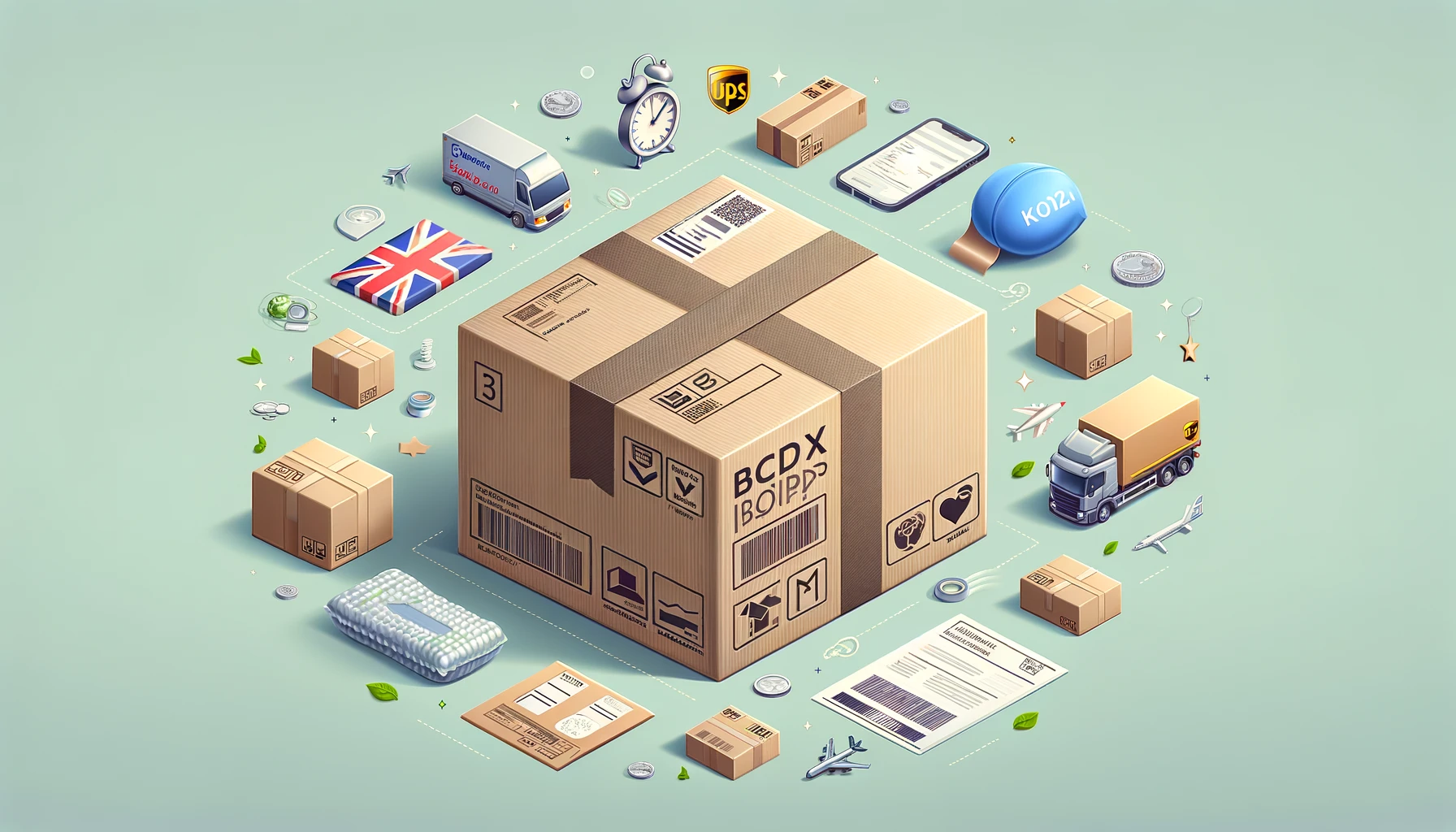Packaging and Shipping Best Practices for Online Sellers in the UK
Last updated: 16/07/2024, 14:13

Introduction
In the world of online selling, the journey of a product from seller to buyer is as crucial as the product itself. Effective packaging and shipping not only ensure that items arrive safely but also enhance customer satisfaction and encourage repeat business. This guide offers best practices specifically tailored for online sellers in the UK, helping you to navigate the nuances of packaging and shipping with ease.
Understanding UK Shipping Regulations
Before diving into the practical aspects, it’s essential to familiarise yourself with the UK's shipping regulations. The UK has specific guidelines for prohibited and restricted items, customs declarations (especially post-Brexit for shipments to the EU), and packaging standards. Royal Mail and major courier services like Hermes, DPD, and UPS provide detailed guidelines on their websites.
Packaging Tips
1. Choose the Right Size
Select a box that snugly fits your item, allowing for cushioning materials. Overly large boxes increase the risk of damage and incur higher shipping costs.
2. Cushioning is Key
Use bubble wrap, foam inserts, or biodegradable packing peanuts to protect items during transit. For fragile items, ensure they are immobile within the package.
3. Eco-Friendly Options
Consider environmentally friendly packaging materials like recycled paper, biodegradable air pillows, or corrugated bubble wrap. This not only reduces environmental impact but is also becoming increasingly important to consumers.
4. Seal Securely
Use strong packing tape to securely seal your package. Ensure all seams and edges are well taped to prevent opening during transit.
5. Label Clearly
Clearly label your package with the recipient's address. If reusing a box, remove or cover old labels to avoid confusion.
Shipping Strategies
1. Compare Couriers
Don’t settle for the first courier you find. Compare prices, delivery times, and reviews. Services like Parcel2Go or Shiply can help you find competitive rates.
2. Track and Insure
For valuable items, consider using tracked and insured shipping options. This gives both you and your buyer peace of mind and helps resolve any disputes that may arise.
3. Communicate with Your Buyer
Inform your buyer when the item is dispatched and provide tracking information if available. Good communication can enhance buyer satisfaction and reduce anxiety about delivery times.
4. Be Prepared for Returns
Have a clear return policy and process in place. This includes having materials ready for repackaging returned items.
5. Consider Flat-Rate Shipping
If your items are generally uniform in size and weight, flat-rate shipping options can simplify the process and make costs predictable for your customers.
Conclusion
Effective packaging and shipping are pivotal in building a successful online selling business. By adhering to these best practices, you ensure that your products not only arrive safely but also leave a lasting positive impression on your customers. Remember, in the e-commerce world, the unboxing experience can be just as important as the product itself. Happy shipping!



